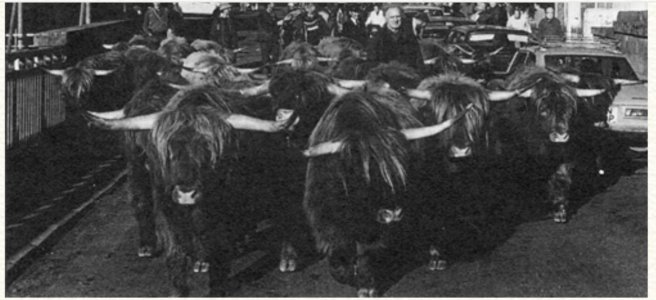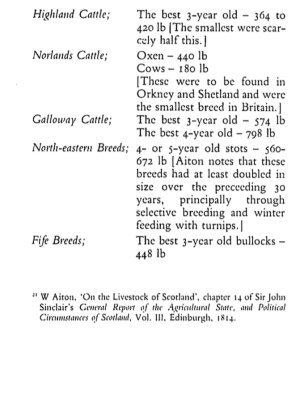kenny thomas
Well-known member
With the craze of mini Highlanders, Belties, Dexter's, Zebu, and many others how long will it take to get rid of these genetics when the craze is over. It will crash just like the ostrich but many of these are being crossed where ostrich were not.


